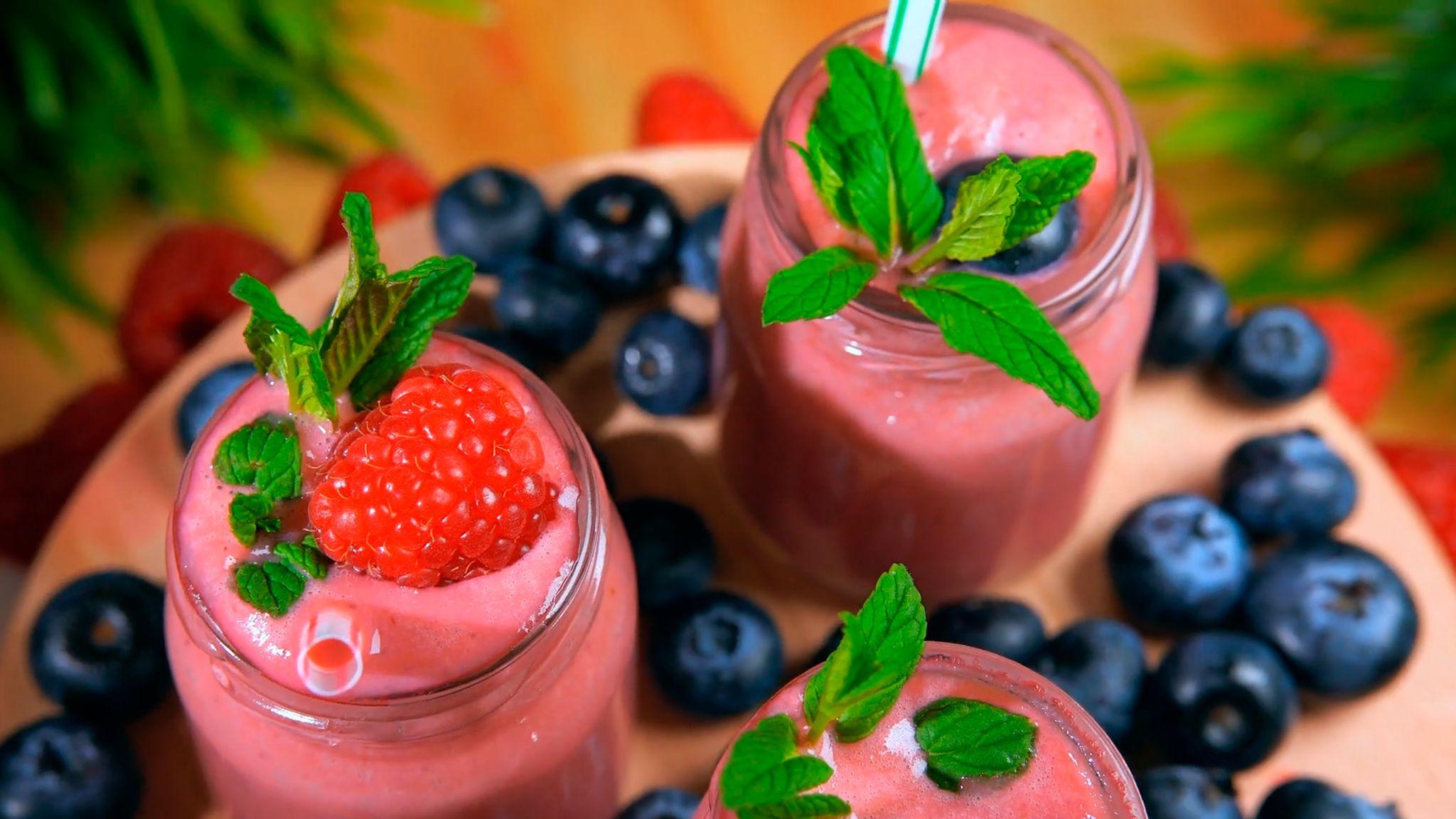Let’s look at what a Cold-Press juicer is to get a better understanding of how to maintain one. The Cold Press juicer, commonly known as the two-step juicer, gets its name from the two phases it takes to extract juice from fruits and vegetables.
The first stage involves chopping or grinding the produce into a chunky fruit and vegetable batter, which is then pressed under thousands of pounds of pressure, resulting in the separation of juice from the batter in the second step.
As the only juicer with a manual press, the Cold Press Juicer Wine Red is considered a true Cold-Press juicer. This juicer extracts the largest amount of natural nutrients. Furthermore, the extracted juice has a longer shelf life and is the purest form of juice due to the minimum oxidation of minerals and vitamins. Although the Cold Press Juicer is more expensive than other juicers, if you want the highest quality juice with the most minerals and vitamins to help your body cleanse and detoxify, the Cold Press Juicer is the best option.
Because standard juicers and blenders generate more heat during the process, the vital nutrients in the product are oxidized, and the heat disrupts the natural balance of the juice, the cold press juicer is the ideal alternative for preserving a natural, healthy, and nutrition-rich beverage.
When it comes to keeping the cold press juicer in good working order, there are a few dos and don’ts to keep in mind. The life of the juicer, as well as the authenticity of the juice, will be extended if these dos and don’ts are adhered to.
Tips to maintain your juicer
-
What you can juice and what you can’t juice
There are some fruits and vegetables that you can juice.
Fruits: Apples, kiwis, berries, watermelon, pineapple, and a variety of other fruits and vegetables
In general, juice with a high water content and a high liquid to pulp ratio is appropriate for juicing other vises. It is preferable to combine them.
Vegetables: Celery, Broccoli, Tomatoes, Spinach, and other vegetables are examples.
Vegetables follow the same principle of having a high liquid to pulp ratio, and leafy greens, on the other hand, are a good alternative for juicing.
-
Fruits and vegetables should be prepared beforehand.
Although the juicer extracts the juice from your fruit in a matter of seconds, it is equally vital to prepare the food in a way that complements and matches the juicer.
If you put larger bits of fruits and vegetables in the juicer, the blades may be damaged, and the juice’s quality may gradually deteriorate. Preparing your produce ahead of time also aids in achieving a pleasing and flavorful result.
-
Dry materials should never be used
Low-liquid produce is your juicer’s worst enemy. Instead than generating a pulp out of fruits and vegetables, the juicer is designed to smash and extract juice from them.
As a result, the blades can only withstand a high water content in the product without being damaged.
-
Plunge with the plunger supplied by the company
Many individuals fail to use the company-supplied plunger to push the produce down the juicer’s shaft. Because all of the pieces of the juicer were designed to work together, using anything other than the original plunger could cause the juicer to malfunction.
The fruit is forced down the chute into the blade part of the juicer, and the plungers play an important function in preventing the food from being caught in the juicer machine commercial.
-
Keep track of your garbage.
The best juicers generate a lot of trash, which can cause drain clogs if not properly maintained.
Attach a plastic waste collector to the bin of your juicer to avoid this from happening, and the drain through which the trash is ejected will not clog or harm the juicer in any way.
The aftermath is what gets you after you’ve made a pitcher of juice and shared it with your friends and family. It becomes a significant challenge to clean up the mess and maintain the kitchen and juicer clean.
-
Procrastination is never a good idea.
After emptying the juicer, the waste that remains settles to the surface. The produce’s rich pigments and pulp decompose on the surface, releasing chemicals and scents that upset your stomach. When preparing juice, always remember to follow the three-step procedure.
First, make the juice with fresh fruits and vegetables that have been carefully cooked.
Second, totally empty the juicer and clean it as soon as possible.
Third, Share the freshly squeezed juice with your friends and family.
-
Cleaning it up

Water carries electricity, so turn off the dishwasher. Disassemble the juicer; dismantling the juicer is the greatest way to clean every inch of it.
Empty, rinse, and discard the pulp container.Fill the sink halfway with water and use the liquid dishwasher to thoroughly clean the juicer’s parts.To prevent any and all water marks on the surface, dry the equipment with a microfiber cloth. Clean the emptied container with liquid soap and a non-abrasive sponge.
We need to perform the same thing with the juice container as we did with the other components because the fine mesh of the strainer depends on it. To erase the markings, immerse your brush or bottle brush in baking soda to dissolve the pulp that has stuck to the juicer’s surface, then use distilled vinegar to remove the watermarks, leaving the places for fifteen minutes before drying with the microfiber towel.The juicer should then be reassembled and dried.
Following these cleaning guidelines and measures will result in a healthy and fit juicing lifestyle.
Conclusion
You drink to keep fit, detoxicated, and nourished, but how can you do that if the machine you’re using to produce the drink is decomposing the concentrated pulp of the juice you made two days ago?
Making a maintenance plan for your juicer will go a long way toward ensuring that both you and your juicer live long and healthy lives.















